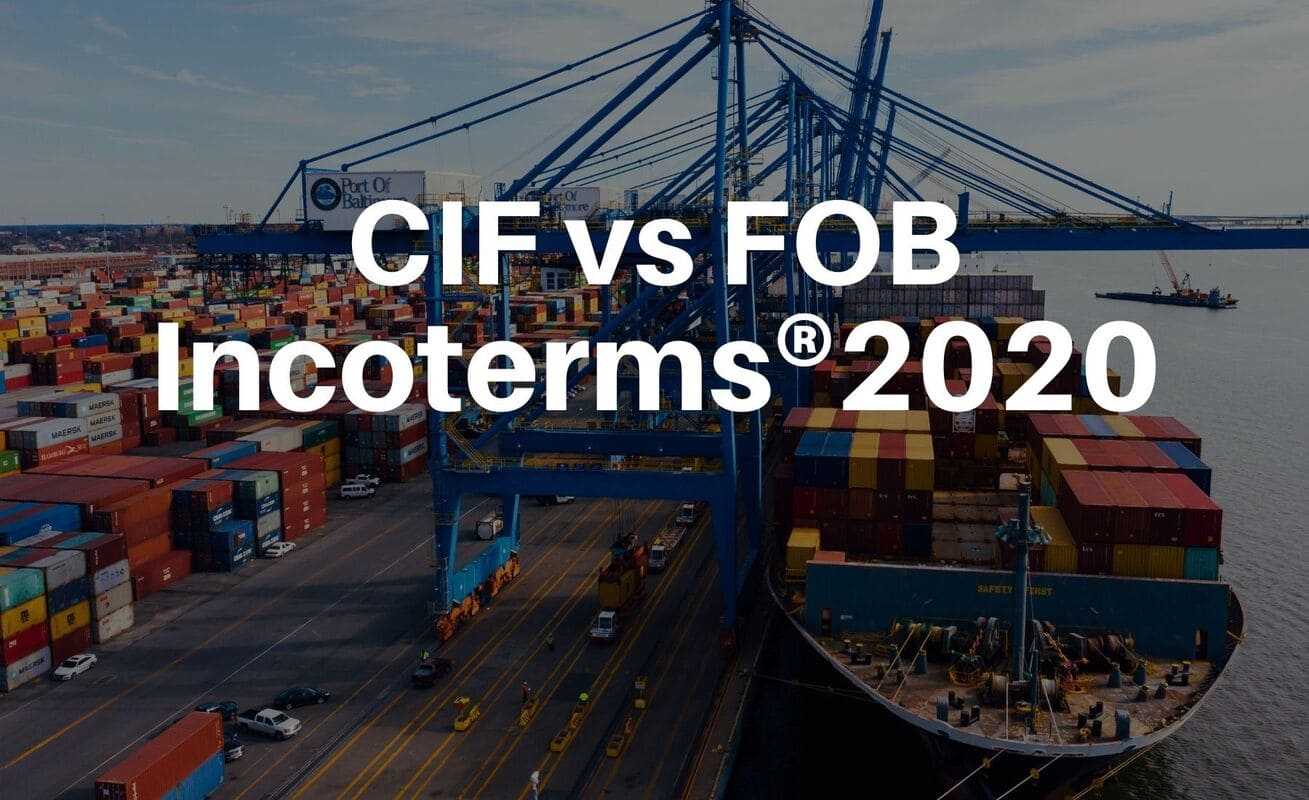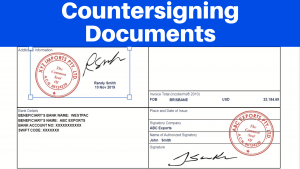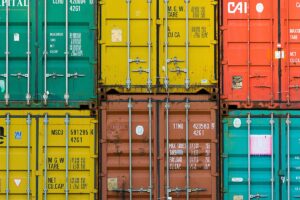When engaging in international trade, two key shipping terms often come up: CIF (Cost, Insurance, and Freight) and FOB (Free on Board). These Incoterms define the responsibilities and risks for buyers and sellers during the transportation of goods under international shipping agreements.
Understanding CIF and FOB Incoterms is key to making smart shipping decisions. This article will guide you through these terms to find the best option for your situation.
What are CIF and FOB?
CIF means the seller takes care of transporting the goods, paying for insurance, and covering shipping costs until the goods reach the destination port. The seller is responsible for any damage or loss during transit. Once the goods arrive at the port, the buyer is in charge.
FOB means the seller’s responsibility ends once the goods are loaded onto the ship at the departure port. After that, the buyer takes care of the shipping, insurance, and any risks or costs that come up during transit.
CIF vs FOB Responsibilities Comparison
| Responsibility | CIF (Cost, Insurance, and Freight) | FOB (Free on Board) |
|---|---|---|
| Transportation to Port | Seller | Seller |
| Loading onto Vessel | Seller | Seller |
| Freight Costs | Seller | Buyer |
| Insurance Costs | Seller | Buyer |
| Risk During Transit | Seller | Buyer |
| Customs Duties at Origin | Seller | Seller |
| Customs Duties at Destination | Buyer | Buyer |
| Unloading at Destination | Buyer | Buyer |
| Transportation from Port | Buyer | Buyer |
Main Differences Between CIF and FOB
Responsibilities
Under CIF, the seller takes on the majority of responsibility for transporting the goods. This includes arranging transportation, paying for shipping and insurance, and covering freight costs. The seller ensures the goods reach the destination port safely. The buyer only takes responsibility once the goods arrive at the destination port.
In contrast, FOB shifts more responsibility to the buyer. The seller’s role is to get the goods loaded onto the shipping vessel. Once the goods are on board, the buyer assumes control & responsibility. They must then manage transportation, insurance, and any risks that arise during transit to the final destination.
Cost Implications
CIF tends to be more expensive for buyers. This higher cost is due to the seller handling the logistics, insurance, and freight. The convenience of having the seller manage these aspects comes with a price. Buyers often find this added cost worthwhile, especially if they lack experience in international shipping.
On the other hand, FOB is generally cheaper. However, it requires more effort from the buyer. The buyer must arrange and pay for transportation and insurance after the goods are loaded. While this can save money, it demands a good understanding of logistics. Buyers who are well-versed in shipping processes often prefer FOB for its cost savings and control.
Insurance and Risk Transfer
With CIF, the seller insures the goods until they reach the destination port. This means any damage or loss during transit is covered by the seller’s insurance. Once the goods arrive at the port, the buyer takes over responsibility.
With FOB, the risk transfers to the buyer once the shipment is loaded onto the vessel. The buyer must arrange for insurance and cover any risks from this point onwards. This transfer of risk happens earlier than in CIF, making the buyer more involved in the shipping process.
Customs Procedures
Both CIF and FOB require the seller to handle export duties and the buyer to manage import duties. This means the seller also takes care of all necessary documentation and payments for getting the goods out of their country. The buyer is responsible for duties, taxes, and paperwork required to bring the goods into their own country.
The customs procedures are similar in both terms, ensuring that each party knows their responsibilities for a smooth transaction. However, the key difference is when the risk and costs transfer from seller to the buyer, affecting who handles issues during transit.
Which one is better, CIF or FOB?
New importers or those shipping small batches of goods often use CIF. For instance, a company new to importing electronics might prefer to use CIF contract. The seller handles all logistics, reducing the risk and complexity for the inexperienced buyer. For these reasons, CIF may be a better choice for new importers.
FOB is typically preferred by experienced importers seeking greater control and cost savings over their shipments. With established relationships with partners like freight forwarders & shipping lines and a strong grasp of the logistics process, they can efficiently handle their own transport arrangements, resulting in more control over delivery times and costings.
Pros and Cons of CIF and FOB
Advantages and Disadvantages of CIF
For Buyers:
- Advantages: CIF is convenient. The seller handles all logistics, insurance, and freight. This means less responsibility for the buyer.
- Disadvantages: CIF comes with higher costs. Buyers have less control over the shipping process. They must rely on the seller for updates and information.
For Sellers:
- Advantages: Sellers can charge higher prices under CIF. They can include their logistical and insurance costs in the price.
- Disadvantages: Sellers bear more risk & responsibility. They must ensure the goods reach the destination port safely and cover any damages or losses during transit.
Advantages and Disadvantages of FOB
For Buyers:
- Advantages: FOB offers more control to the buyer. They can choose their own freight forwarders and insurance providers. This can lead to lower costs and control of delivery timeframes.
- Disadvantages: FOB requires more responsibility. Buyers must handle logistics and insurance after the goods are loaded. This demands more effort and understanding of the shipping process.
For Sellers:
- Advantages: FOB means less responsibility for sellers. Once the goods are loaded and export processes finalized, their job is done. They can complete the sale quickly.
- Disadvantages: Sellers may see lower profit margins. They cannot include logistics and insurance costs in the price, which limits their ability to mark up prices.
Practical Tips
When deciding between CIF and FOB, it’s essential to gather quotes from third-party logistics providers. This allows you to compare costs and find the best deal for your shipping needs. Understanding your specific requirements is also crucial. Choose CIF or FOB based on what aligns best with your situation, whether you prioritize convenience or cost control. Additionally, consider the long-term relationships with your suppliers and freight forwarders. Building strong connections can lead to better service and more favorable pricing over time.
Additional Resources
- See more in-depth articles on







